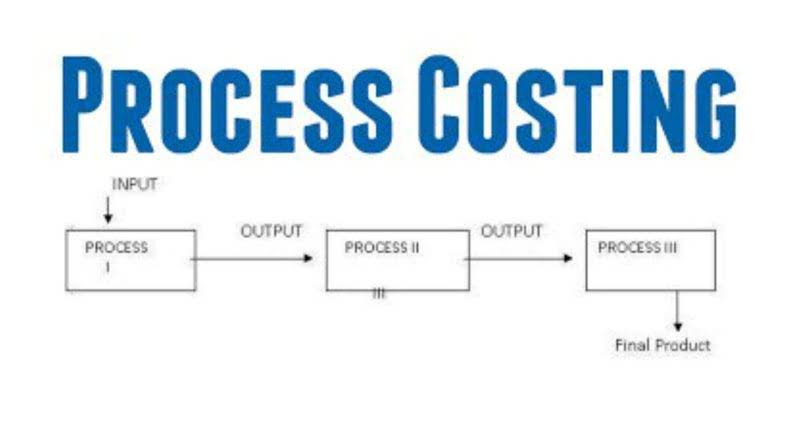
At any given point, instruments like warrants and stock options must be accounted for as well. While shares outstanding account for company stock that includes restricted shares and blocks of institutional shares, floating stock specifically refers to shares that are available for trading. Floating stock is calculated by taking outstanding shares and subtracting restricted shares. Restricted stock are shares owned by company insiders, employees, and key shareholders that are under https://basketball.stagging.host/what-is-an-outstanding-check-how-do-they-work/ temporary restriction, and therefore cannot be traded. However, it doesn’t account for potentially dilutive securities, like stock options or convertible debt, which may increase the number of shares.
Trading Volkswagen CFDs
Both market capitalization and shares outstanding refer to public companies, as they have publicly listed shares, whereas private companies do not. Let’s take a look at what the difference is between market capitalization and shares outstanding. The number of outstanding shares changes periodically as the company issues new shares or repurchases existing shares, splits its stock or reverse-splits it.
- Sometimes these companies can have billions of shares outstanding because they dilute shares to raise capital through financings.
- It includes all the shares held by public, institutional investors and company insiders and are used to determine the market capitalisation of the company.
- Firstly, Add the number of dilutive shares in total or the total number of shares that the company might hold after exercising all its share obligations.
- The life of common stock goes through a few phases, and understanding each step is important for putting the common-stock-outstanding number into proper perspective.
- At the time, GE discussed plans to split into three companies and to divest from many businesses.
- A stock split occurs when a company increases the number of its outstanding shares without changing its overall market cap or value.
Impact on Market Capitalization
- The major difference between outstanding and issued shares is that outstanding shares are the shares available with the shareholder at a given period after excluding treasury shares.
- Outstanding shares play a pivotal role in determining a company’s market capitalization, earnings per share (EPS), and shareholder influence.
- Large-cap companies are generally considered more stable, while small-cap companies might offer higher growth potential but come with increased risks.
- You can always access the details on the financial statements of the company or use online stock screener tools.
- This number changes due to corporate actions like stock buybacks or new share issuances.
- The number is more valuable when analyzed against other companies in the industry, and when compared to the company’s share price (the P/E Ratio).
In the first 6-month reporting period, the company has 100,000 shares outstanding. In the second 6-month period, the company’s number of shares outstanding is 150,000. Once you have collected the total number of preferred shares, common shares outstanding, and treasury shares, you’re ready to do your calculation. Next, you’ll want to look for the common stock line item on the company’s balance sheet. Common stock is the main class of stock that the company issues to investors.
Diluted EPS Calculation Example
Basic shares mean the number of outstanding stocks currently outstanding, while the fully diluted number considers things such as warrants, capital notes, and convertible stock. In other words, the fully diluted number of Stocks outstanding tells you how many outstanding stocks there could potentially be. The float, for instance, has no bearing on market capitalization or earnings per share. But the supply of shares in the market can have a bearing on trading dynamics. Lockups aside, long-standing investors such as founders or venture capital backers may have their own restrictions on selling, or may have signaled that they have no intent to do so. Convertible debt is treated on an “as-converted” basis if the company’s stock is trading above the conversion price.

- Outstanding shares include share blocks held by institutional investors and restricted shares owned by the company’s officers and insiders.
- This number is crucial as it reflects the company’s total equity ownership available to investors.
- A stock issuance occurs when a company issues new shares to raise capital, such as through a public offering, private placement, or employee stock option plan.
- Because it doesn’t reflect the company’s ongoing operations, analysts would typically exclude this gain when calculating EPS to avoid overstating profitability.
- Outstanding shares are the total number of shares issued by the company except the ones held in the company treasury.
- Buybacks reduce the number of shares, increasing EPS and potentially boosting the stock price.
And so in theory (and often in practice), highly-shorted stocks with a low float present ripe conditions for a so-called “short squeeze”. If a company considers its stock to be undervalued, it has the option to institute a repurchase program. In this case, the company may reduce the number of shares outstanding by buying them back and taking them off the open market. When a company creates more shares, those shares become part of the shares outstanding. Penny stock companies can have hundreds of millions or even billions of shares outstanding.
Download the Earnings per Share Formula Template
Utilizing these resources Mental Health Billing correctly can enhance site usage, ensuring users make the most of the information provided. Understanding the distinction between these two is vital for assessing a company’s financial strategies and shareholder value. While treasury shares can be reissued or retired depending on the company’s strategic needs, they can also signal management’s belief in the company’s future performance. Outstanding shares equation differ from issued (Authorized) as authorized shares are the number of shares a corporation is legally allowed to issue. In contrast, outstanding stocks are the ones already issued in the market.

Is shares outstanding a good thing?
Therefore, the number of outstanding shares of a company is not static and is bound to change over time. The number of shares outstanding is equal to the total number of issued stocks minus the number of stocks held in the company’s treasury. Explore how corporations authorize and calculate issued shares through market cap and balance sheet methods. All companies must report their common stock outstanding on their balance sheet. You can do that by navigating to the company’s investor-relations webpage, finding its financial outstanding shares formula reporting, and opening up its most recent 10-Q or 10-K filing.

Shares Outstanding vs. Treasury Shares
Notably, stock splits and reverse stock splits significantly influence the number of outstanding shares. It is essential to distinguish between outstanding shares and authorized shares. Authorized shares are the maximum number of shares a company is legally allowed to issue, as specified in its corporate charter. Not all authorized shares are issued, and those that are issued become part of the outstanding shares once they are held by investors.
